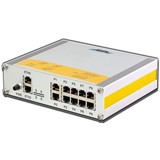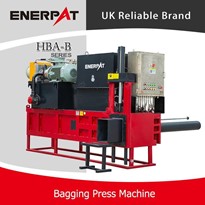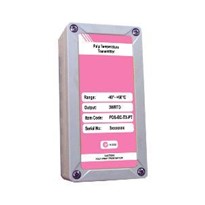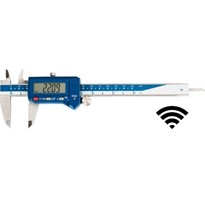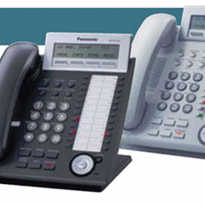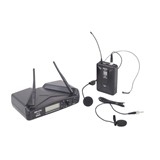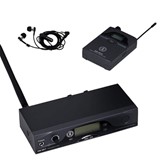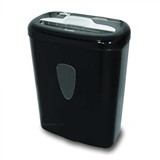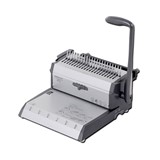This process was automated by using a HART radar level transmitter. Digital and wireless technology from Moore Industries let them send the necessary information to a Human Machine Interface (HMI) and a historical collection system thus automating an inefficient and expensive manual collection process.
State regulations required a major pulp and paper company to monitor and record daily effluent water rates. This requirement was being fulfilled by sending an employee from their main control site to an remotely-located pond three times a day to manually record water levels. This process was inefficient, time-consuming and didn't provide them with real-time data.
By installing a system utilising technology from Moore Industries, the pulp and paper company implemented a system that is scalable for future installations while reducing employee workload and maintaining state regulatory compliance.
Problem details
A leading pulp and paper company in the Pacific Northwest needed to monitor effluent water flow as it drains into a remote pond at their facility. Because of a new government regulation, personnel had to drive a truck three times a day to the remote site, log the height of the water along with the date and time and return to the office. The company realised that this was not an efficient use of time and wanted to automate this process. This was done by calculating changes in water level in a V-neck weir entering in the pond and using this data to calculate flow rate.
Along with automating the collection of flow data, they also wanted this data to be displayed on an Ethernet-based HMI panel in their boiler room. Moreover, since the data was required by the state, they needed to implement a historical collection and archiving system that allowed them to easily view historical data and produce reports when required.
Seeking a quick and efficient solution, the pulp and paper company turned to Autoline Controls, a full-service manufacturer's representative of process instrumentation with an area of expertise in the pulp and paper industry.
Solution
Dale Stepper at Autoline Controls first suggested implementing a system at the pond site that utilised a HART radar level transmitter with precise measurement capabilities and a Moore Industries HCS HART Concentrator System. The HCS is a HART to MODBUS RTU converter that serves as a HART master and polls the HART radar level transmitter to obtain its Primary Variable (PV) data – in this case water flow level. Additionally, the HCS receives and converts to MODBUS RTU the level transmitter's Secondary Variable (SV), Tertiary Variable (TV) and Fourth Variable (FV) along with any diagnostic data.
There were two main reasons why Autoline Controls chose the HCS for this solution. First, the HCS accurately gathers the digital level data from the transmitter along with giving the pulp and paper managers access to additional process variable data and critical diagnostic data about the transmitter's health and performance. The HCS also converts this HART data directly to an industry standard MODBUS RTU format, a serial communication standard that almost all industrial radios support.
The HART radar level transmitter has a front panel display for local viewing and connects to the HCS's input via a 2-wire twisted pair cable. The radar gauge sensor measures the water height in the weir and publishes this data along with other process variable and diagnostic data to its internal HART memory location. This HART data is then polled by the HCS two to three times per second.
The data is then mapped to a MODBUS memory map that resides in the HCS. This constant polling process ensures that data is continually updated on both the HART and MODBUS side of the HCS.




